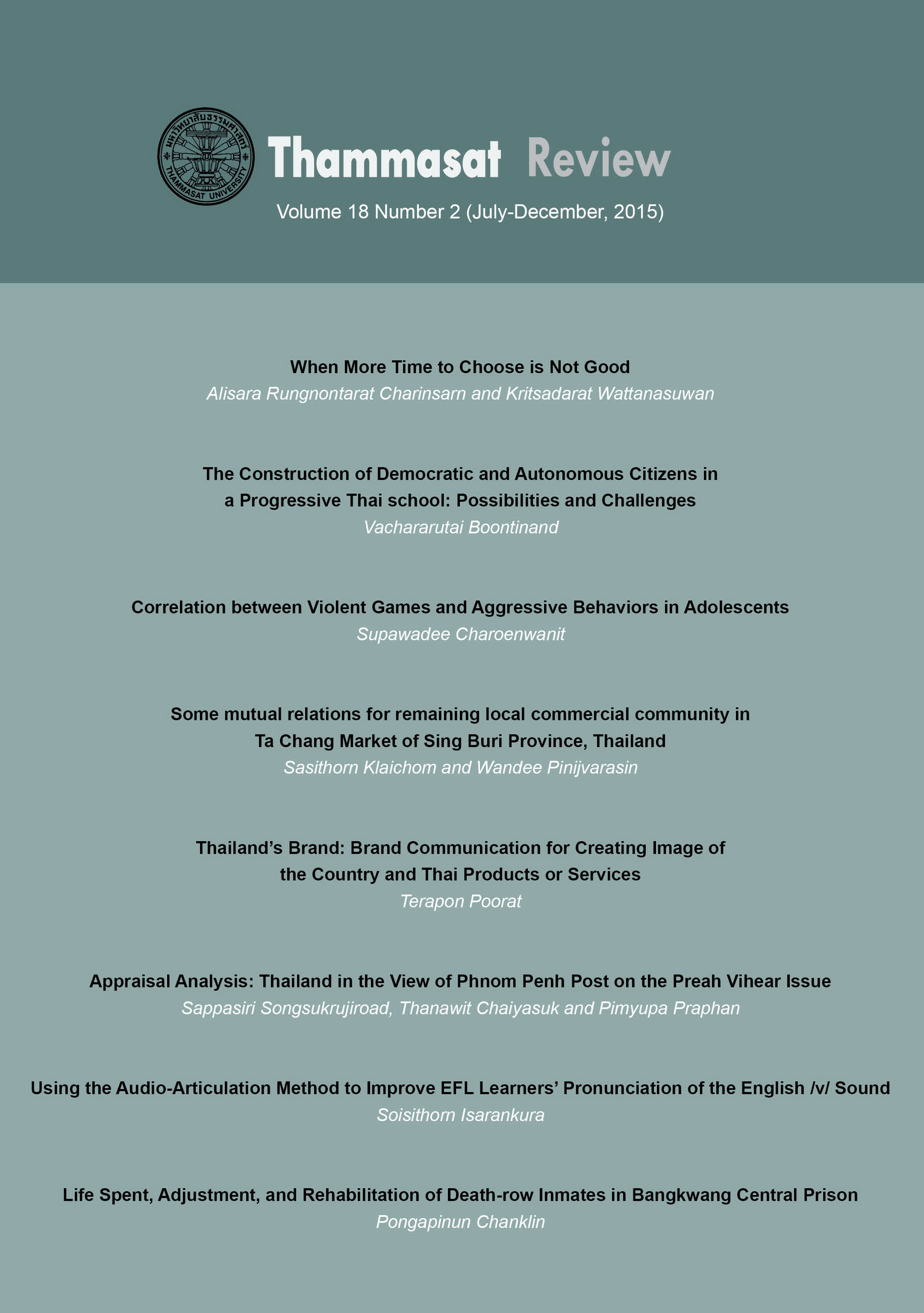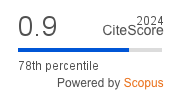Life Spent, Adjustment, and Rehabilitation of Death-row Inmates in Bangkwang Central Prison
Abstract
This research used qualitative research methods, including in-depth interviews and non-participant observation. The samples of 10 death-row inmates were resolute inmates, being convicted for death penalty by the Court of First Instance and detained in the Bangkwang Central Prison. They were selected from 2 main types of offenses, namely, narcotics and common offenses. In addition, the data were collected from 10 other key informants who worked in the Department of Corrections with experiences in the aforementioned matters, comprising the top management of the Department of Corrections and related authorities of the Bangkwang Central Prison.
The prison context regarding treating death-row inmates was related to the physical environmental management of buildings and surrounding areas, including the canteen, kitchen, dispensary, dormitory, bathroom, toilets, and sports-grounds. Bangkwang Central Prison can appropriately treat death-row inmates in accordance with the minimum rules of the United Nations for the treatment of prisoners, and correspond with the international standard of good prison governance, as well as complying with the Penitentiary Act B.E.2479 [1936], a domestic law, in terms of controls, rehabilitation, healthcare and welfare provided for inmates. In addition, the context regarding treatment of death-row inmates should focus on both strict controls and rehabilitation in line with their aptitude and individual needs in an up-to-date manner so as to meet with the expectations of the external society throughout their terms spent in the max security prison in order to reduce their tension, ease worries over their cases, and enable them to spend time valuably.
The results of this research found that regarding their life adjustment in Bangkwang Central Prison, the death-row inmates had learned to adjust themselves by living valuably and hopefully, as well as optimizing their life in the prison. However, their adjustment was imperfect as they could adjust themselves to the prison environments, but their anxieties, fear, and tension still remained. These death-row inmates needed to consult from specialists so that they could accept their guilt, reduce their tension, and have a perceived self–worth. In addition, this research proposes six death-row inmates’ rehabilitation models: 1) organizing education at all levels to meet the requirements of each inmate; 2) providing vocational training in accordance with external societies; 3) spiritual development; 4) promoting hygienic health under the international standards; 5) adopting specific programs, such as personality development and stress management program and; 6) adopting other related models or approaches, such as arts therapy, leisure activities, marching band, boy scouts, and writing inmates’ stories.
Keywords: Life spent, Adjustment, Rehabilitation, Death-row inmates
Downloads
How to Cite
Issue
Section
License
The opinions and ideas expressed in all submissions published in Thammasat Review are solely that of the author(s) and do not necessarily reflect that of the editors or the editorial board.
The copyright of all articles including all written content and illustrations belong to Thammasat Review. Any individuals or organisation wishing to publish, reproduce and distribute a particular manuscript must seek permission from the journal first.








